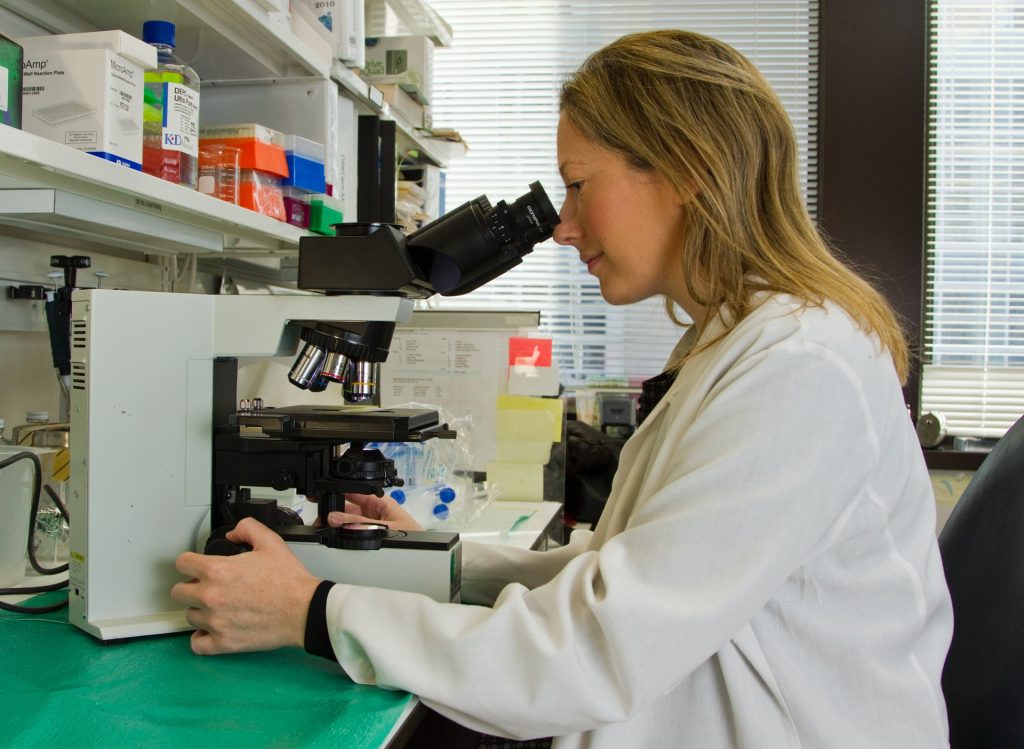Timely Interventions Could Counteract Sarcopenia

A new study from Karolinska Institutet in Sweden suggests that the early stages of sarcopenia, where muscles weaken with age faster than expected, could be counteracted with timely interventions designed to preserve physical and cognitive function and manage chronic conditions. The study’s findings are published in the Journal of Cachexia, Sarcopenia and Muscle.
Muscle mass and function is lost with ageing. When this decline is more extensive or rapid than expected, it is categorised as sarcopenia, a common condition in the elderly that often lowers quality of life and increases fall and fracture risks.
Researchers examined how different factors such as sex, age, educational level, living arrangement, lifestyle and chronic conditions affected the development of sarcopenia in people aged 60 and above across a 12-year period.
When the study began, almost 10% of the nearly 3200 participants had sarcopenia, 27% had probable sarcopenia and just over 63% no sarcopenia. Measurements such as grip strength, walking speed, speed of rising from a chair five times and calf circumference were used to assess muscle strength and mass and physical performance.
“Perhaps the most interesting result was that after five years, a roughly equal proportion (just over 10 percent) of the individuals with probable sarcopenia had either improved or deteriorated. This suggests that sarcopenia is a dynamic condition that is modifiable especially in the initial stages, which is a hopeful message,” said corresponding author Caterina Trevisan, affiliated researcher at the Department of Neurobiology, Care Sciences and Society, Karolinska Institutet.
Physical activity and higher results on cognitive tests improved odds of improvement and lowered mortality risk, while a higher number of chronic conditions, male sex and older age had the opposite correlation. For individuals initially diagnosed with severe sarcopenia, there was little chance of improvement, and many of them (almost 71%) died during the follow-up period.
“Our results support the need of early interventions to preserve physical and cognitive functions and manage chronic conditions in older individuals,” says the study’s last author Anna-Karin Welmer, senior lecturer at the Department of Neurobiology, Care Sciences and Society, Karolinska Institutet. “With these tools, we could probably counteract muscle deterioration and the impairment in quality of life this entails. We now need intervention studies to find ways to use these tools to counteract sarcopenia.”
Source: Karolinska Institutet









